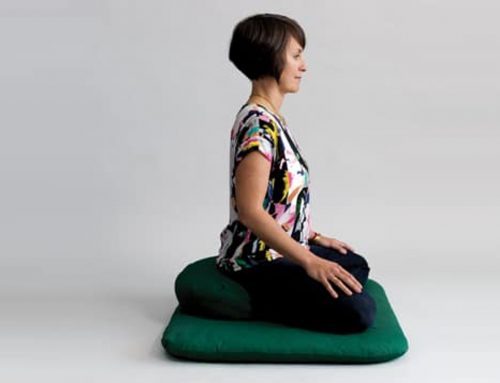Treating neck and shoulder pain
by Steven (Xuelong) Qin, Clinic Director, Advanced Physio Care
3-minute read
Neck and shoulder pain are one of the most common and persistent types of pain that many people face in their daily lives. From office workers to active athletes, neck and shoulder pain will strike at one point or another during our lives as we go about our daily activities. Understanding how to treat them is key to managing our comfort and keeping any pain and strain in check!
What casues neck and shoulder pain?
The neck and shoulder are connected through muscles, bones, nerves and arteries and more often than not, having a shoulder ache or pain might also be followed by a strained neck.
The most common cause of shoulder pain and neck pain is an injury to the soft tissues that includes the muscles, tendons and ligaments. This could occur from sudden jerks from whiplash and sports injuries or degenerative diseases and arthritis that can cause neck and shoulder pain that persists. It could also be from poor posture.
The symptoms of neck and shoulder pain are clear
- Pain – This includes not only sharp pain, but a dull and crampy pain that persist also is a clear symptom which could evolve into a stiff neck and even headache.
- Weakness – Neck and shoulder pain could also stem from injured muscles, this could cause weakness through damaged nerves.
- Swelling – Muscle spasms and tightness could lead to actual swelling over the areas where the pain is felt. This could also indicate deformities (fractures or dislocation) that might be the primary cause of the pain.
3 simple ways you can treat neck and shoulder pain from the comfort of home
While major injuries and extreme pains are best treated by a certified physiotherapist, it is possible to use home remedies to alleviate the pain and speed up the natural recovery of any neck and shoulder injuries.
Good old-fashioned rest
Perhaps nothing beats taking a break from your daily activities and take a rest to allow the injured area to recover. After the strain subsides and the pain dies down, take the opportunity to also do light stretching and rotating exercises to help speed up the recovery.
Cold Therapy
Using either ice packs or cool gel packs, apply cold therapy to the affected area where the pain is radiating from for approximately 10-15 minutes every hour to sooth the ache and relief pain.
Elevation
Whether you are resting on the sofa or lying down on the bed, remember to keep your neck and shoulder elevated above the heart level. This will help to keep the swelling down. The best way to do it? Lie your upper body on a nice fluffy pillow!
See your physiotherapist for advanced pain
Treatment options can include:
- Pain medications to bring down inflammations
- Immobilisation via a sling or cast to ensure no movement of the affected area
- Referral to an orthopedist (a joint and bone specialists) for further care and treatment in more serious cases.
What next?
Looking for expert care and a physiotherapist in Singapore to treat your neck and shoulder pain? Come down to our physiotherapy clinic in the heart of Singapore’s business district and let our physiotherapists relieve any strain and pain you might have and restore function and mobility back to your shoulders and neck. You can also book a 20-minute video consultation call with me for just $1 a minute.







